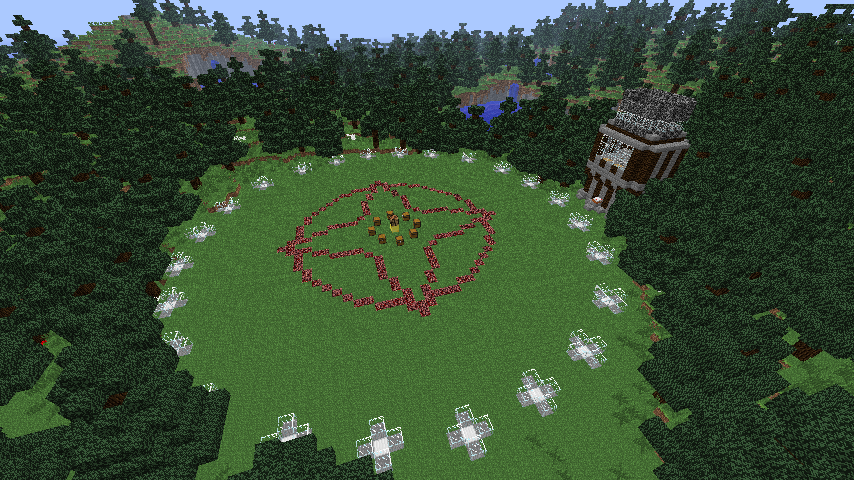Much of the discussion about Microsoft buying Minecraft publisher Mojang has focused on whether this makes business sense for either Microsoft or Mojang. Some people think the whole acquisition is stupid, while others have argued that it makes strategic sense.
Some of these articles argue that Microsoft is trying to reach a younger demographic that is comfortable with its Xbox brand. However, this focuses entirely on Minecraft’s value as a game and a brand. What many people fail to understand is that Minecraft is also a platform for developers, and many of those developers are kids. In this way, Microsoft actually gains some developer mindshare among a burgeoning young coder population. I’m not going to argue that this played a major or even minor part in the acquisition, but it is an important factor to consider.
Teaching kids to code
Lately, there’s been a strong movement toward teaching kids to code. Heck, even Chris Bosh and will.i.am are doing it. Learning tools like Scratch have become popular ways to teach basic programming concepts in schools and code camps for kids. In fact, Bill Gates is a strong proponent of this movement and a supporter of Code.org, which emphasizes the current and expected massive growth in computer programming jobs.
The basic premise of this movement is that some level of coding will become a requirement for more and more jobs in the future. Thus, giving young kids a level of comfort and understanding of how to code will better prepare them for the workforce of the future.
What part does Minecraft play?
Minecraft is actually a valuable tool to teach kids to code. The open world environment is meant to be built and modified. In essence, kids are building the levels that they will later play in simply by putting building blocks in place. Some camps and programs are even using Minecraft to teach 3D game design.
Even basic gameplay requires the use of a command-line-like interface for entering commands that impact important aspects of the game. For example, switching to the creative game mode gives you access to modify how the game works and how players interact. Entering creative mode requires a command (/gamemode 1) and, after doing so, there are a ton of commands available to modify gameplay.
However, even beyond using simple command-line commands to modify gameplay, Minecraft, at least on the desktop, is a platform that allows you to essentially build games within the game. Developers have built variations such as “Minecraft Hunger Games” (a multiplayer death match), Minecraft Parkour (a platform jumping game), Minecraft Pictionary (where the blocks become the drawing tool), and much more.
These gameplay changes are achieved through building mods, which, it’s worth noting, are built in Java and not with Microsoft’s .NET platform. Kids’ fascination with Minecraft, and the popular multiplayer variants available online have spurred an interest among kids in learning to code mods using Java. Oracle even has a (slightly outdated) project to teach kids Java with Minecraft, and popular camps are doing the same. There’s even a version of Minecraft designed specifically around the idea of teaching coding skills with Minecraft in schools.
The point here is that Minecraft offers an inroad to coding for kids of a variety of age and skill levels, from early beginners to bourgeoning professionals.
Does young developer mindshare matter?
It’s debatable how much capturing the mindshare of young developers is an important goal. It’s my opinion that it can be potentially important. This is especially true for a company like Microsoft, whose .NET platform is competing for attention against JavaScript (including Node.js) and the Web platform on one front, and native development platforms for mobile on another. Perhaps Minecraft offers an opening into the minds (and hearts) of young developers who will come to know and rely on Microsoft when they begin their careers.







